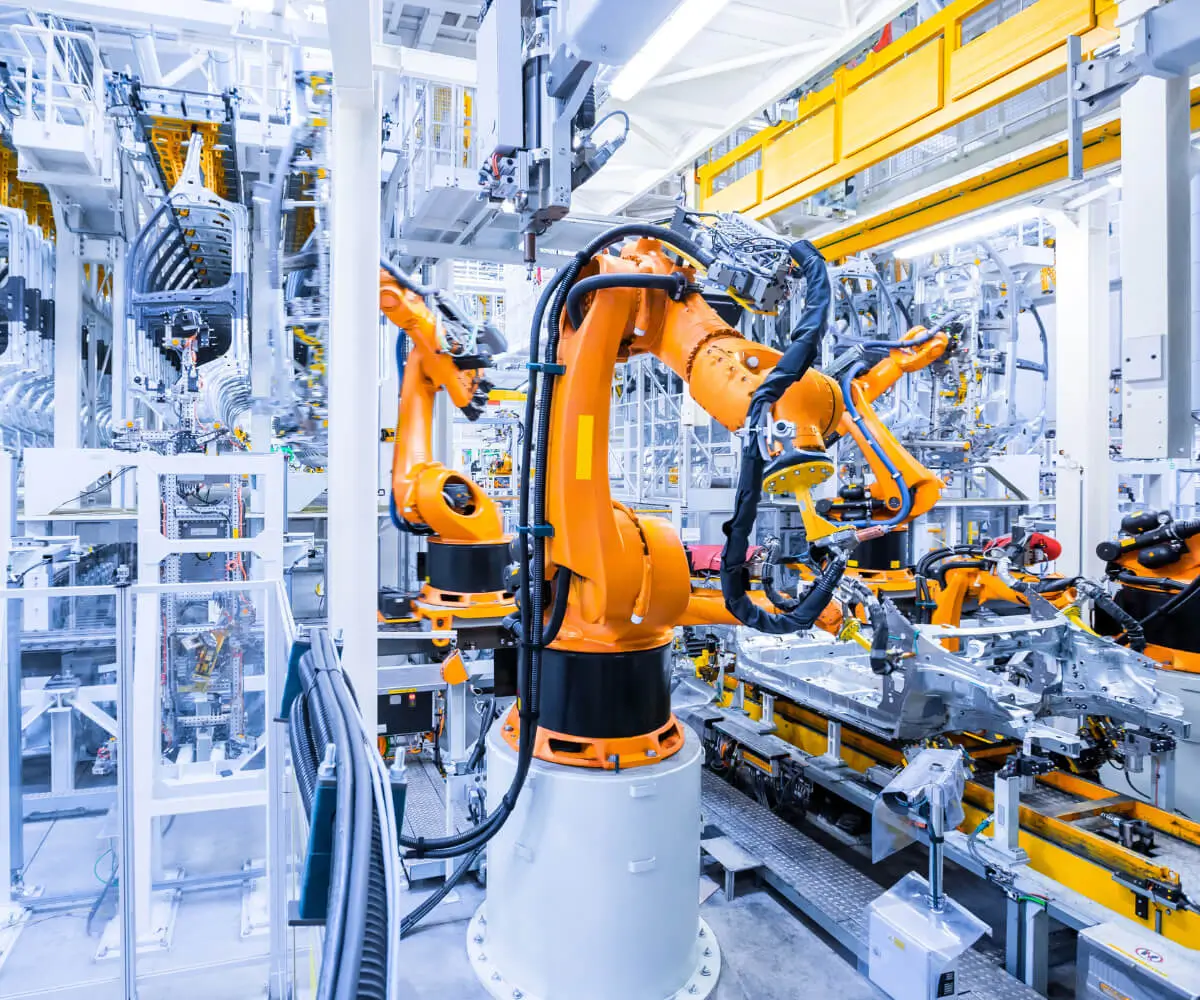In the rapidly evolving landscape of modern automation and robotics, the quest for precise, reliable, and efficient movement control remains at the forefront of technological innovation. Among the many components that enable such high-level control, the servo motor stands out as a cornerstone—an electromechanical marvel that brings sophistication and finesse to countless systems across industries.

At its core, a servo motor is a rotary actuator capable of precise position control, speed regulation, and torque delivery. Unlike simple motors, which typically operate on ON/OFF principles, servo motors are part of an intricate feedback loop that allows for dynamic adjustment and exceptional accuracy. This capability is what makes them indispensable in robotics, CNC machinery, aerospace, automated manufacturing, and even consumer electronics.
The fundamental purpose of a servo motor in a control system is to convert an electrical control signal into a proportional mechanical movement. When an input command—often a voltage or current—is sent to the motor, it responds by rotating to a specific position, at a certain speed, or with a designated torque. To achieve this level of precision, servo systems incorporate sensors—most commonly encoders or resolvers—that constantly monitor the motor’s position and speed. This real-time data is then fed back to a controller, which makes instantaneous adjustments to maintain or change the motor's state as desired.
One of the defining features of servo motors is their inclusion in a closed-loop control system. Closed-loop control employs feedback to constantly correct the motor's output, ensuring that the actual position or speed matches the targeted command. Without this feedback, a motor would not account for load variations, friction, or external disturbances, leading to inaccuracies. With feedback, the system can adapt instantaneously, greatly enhancing precision and stability.
Depending on their design, servo motors come in various types, including brushed DC, brushless DC (BLDC), and AC servomotors. Each type has its own advantages regarding efficiency, maintenance, complexity, and suitability to specific applications. For example, brushless DC motors are prized for their high efficiency and longevity, making them ideal for continuous operation in demanding settings.
The control circuitry of a servo motor typically involves a servo driver or amplifier that interprets the control signals and supplies appropriate power. Advanced servo drives incorporate sophisticated algorithms, like PID (Proportional-Integral-Derivative) control, to refine the motor's behavior. These algorithms continuously evaluate errors—differences between desired and actual positions—and adjust the power supplied to minimize those errors swiftly and smoothly.
In industrial automation, servo motors have transformed traditional manufacturing processes into flexible, high-precision operations. For example, in robotic arms, they enable smooth, coordinated movements crucial for assembly lines, welding, or packaging. In CNC machines, servo motors execute intricate cutting paths with remarkable accuracy, significantly improving product quality and reducing waste. Even in the realm of consumer electronics, tiny servo motors propel camera lenses for autofocus systems, illustrating their versatility.
One of the most impressive aspects of servo motor technology is its scalability and adaptability. From miniature devices in medical equipment to giant motors in aerospace applications, servo motors can be tailored to meet specific torque, speed, and size requirements. This adaptability stems from ongoing innovations in materials, magnetic design, and control algorithms that push the boundaries of performance.
The integration of servo motors with modern automation architectures, such as Industry 4.0, IoT (Internet of Things), and smart sensors, is further enhancing their capabilities. Wireless communication, real-time diagnostics, predictive maintenance, and machine learning are becoming part of servo system ecosystems. These advances mean that servo motors are not merely actuation devices but intelligent actors within interconnected systems that promote efficiency, safety, and adaptability.
However, deploying servo systems requires a good understanding of their operational principles and limitations. Factors such as operating voltage, heat dissipation, backlash, and tuning parameters can significantly influence performance. Proper selection and calibration are essential to harness their full potential while minimizing issues like overshoot, oscillations, or mechanical wear.
In summary, the servo motor in control systems epitomizes precision engineering. Its ability to translate electrical commands into exact mechanical responses is fundamental to modern automation, robotics, and beyond. As technology advances, the role of servo motors is set to become even more prominent, driving innovations that will shape the future of intelligent machines and automated environments.
Kpower has delivered professional drive system solutions to over 500 enterprise clients globally with products covering various fields such as Smart Home Systems, Automatic Electronics, Robotics, Precision Agriculture, Drones, and Industrial Automation.




































